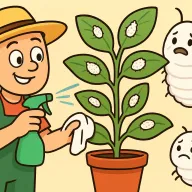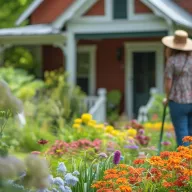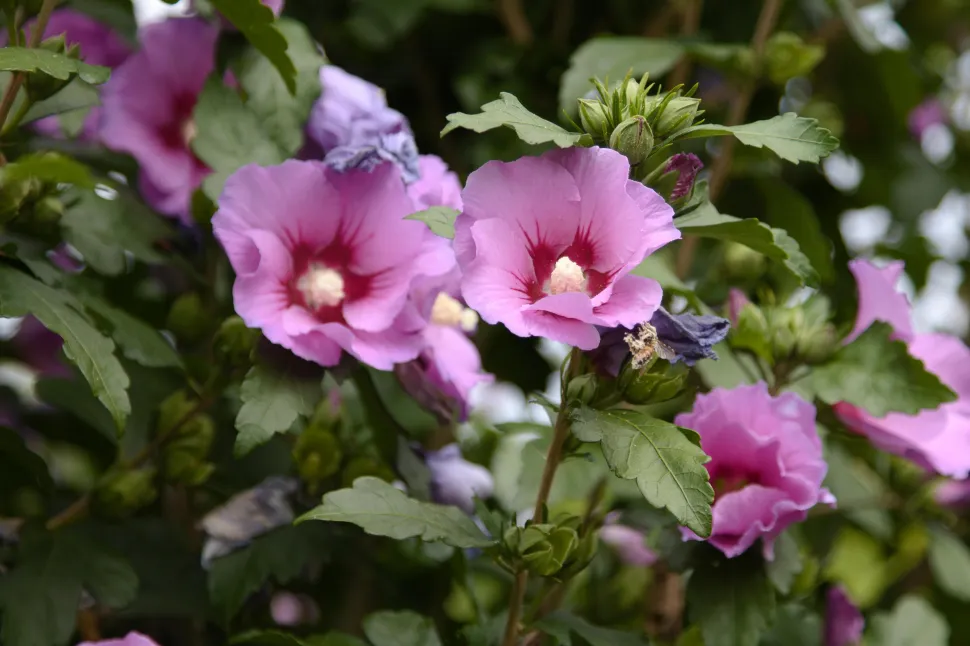
Why isn't my plant blooming?
Article for :All parent plants
While all the rose bushes in your neighborhood are in bloom, yours remains hopelessly bare. Not a bud in sight. You begin to wonder if your neighbor has put a spell on you. But it doesn't have to be a curse. Here are the other reasons why your plant isn't flowering.
Your plant isn't flowering - maybe that's normal
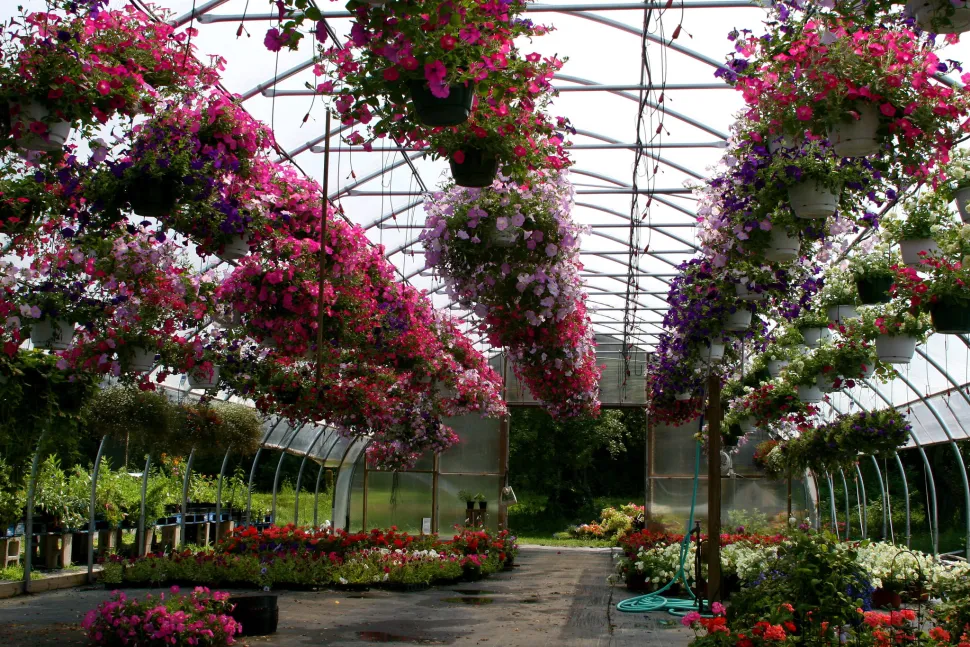
In greenhouses, growers can control temperature and light levels. Photo by Liz West / Flickr
Failure to flower is not always a sign of a problem. Some plants, such as ferns, mosses and fungi, never flower. They reproduce by spores and don't need flowers to multiply.
The lack of flowers may also be linked to the plant's life cycle. With the exception of a few varieties that flower all year round, most plants flower for a few months a year. You'll have to wait until late spring or early summer, for example, to see your Chinese Rose Hibiscus or Aeschynanthus speciosus decked out in their finest colors.
Finally, your plant may not flower because of its age. Flowering occurs in mature plants. And this varies from species to species: cephalocereus senilis doesn't flower until its twentieth birthday, while Saintpaulia flowers from its first year.
Your Blossfeld's Kalanchoe was in bloom when you bought it, and since then, nothing? That's disappointing, but not exceptional. Many greenhouses and nurseries force flowering by adjusting light levels and temperatures. In this way, they market flowering specimens even when they are young or not in flowering season. Once installed in its new environment, your plant will take a little time to adapt. You'll need to wait a year or two before the first buds open.
If your plant is neither a youngster nor a fern, and remains bare while its friends are in bloom, then it surely has a problem. The lack of flowering is probably due to poor growing conditions.
Your plant won't flower because of poor exposure

Even an undemanding plant like Saintpaulia needs light. Photo by Madelyn Lewis / Wikipedia
As always when gardening, the first parameter to control is light. A plant that receives too much or too little light for its needs will not flower.
Start by checking that you are respecting the recommended exposure by visiting . Then check that your plant is exposed to the sun long enough. In summer, when many species are in bloom, we tend to keep our shutters closed to protect ourselves from the heat. While this reflex lowers the temperature, it prevents our plants from benefiting from natural light, developing and flowering.
Conversely, some plants, such as euphorbia pulcherrima (Euphorbia pulcherrima) or the chrysanthemum, flower only when the days get shorter. For these plants, it's essential to enjoy a shorter daily sun exposure for a few weeks in order to flower.
Incorrect watering
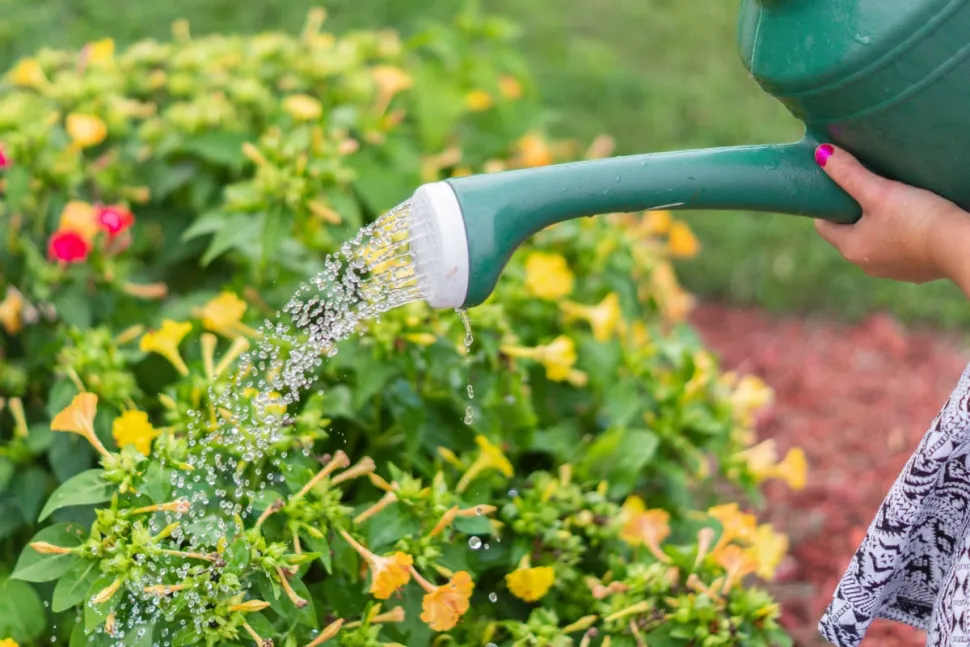
No water, no flowers!
The second criterion to consider is watering. If it's too much, too often, too sparingly or too infrequently, it's detrimental to flower production.
However, if your watering routine isn't right, your plant will send you other signals. Its leaves will turn yellow, brown and curl. These symptoms can indicate either too much or too little water.
The best way to tell whether you need to increase or reduce watering is to touch the potting soil:if it's soggy, wait for the root ball to dry out and space out the water. If the substrate is dry, baste your plant and resume regular watering. Do you have a head for heights and a tendency to let your collection die of thirst? Download the Monstera app. We'll send you personalized reminders when your plant needs water.
It's the fertilizer's fault
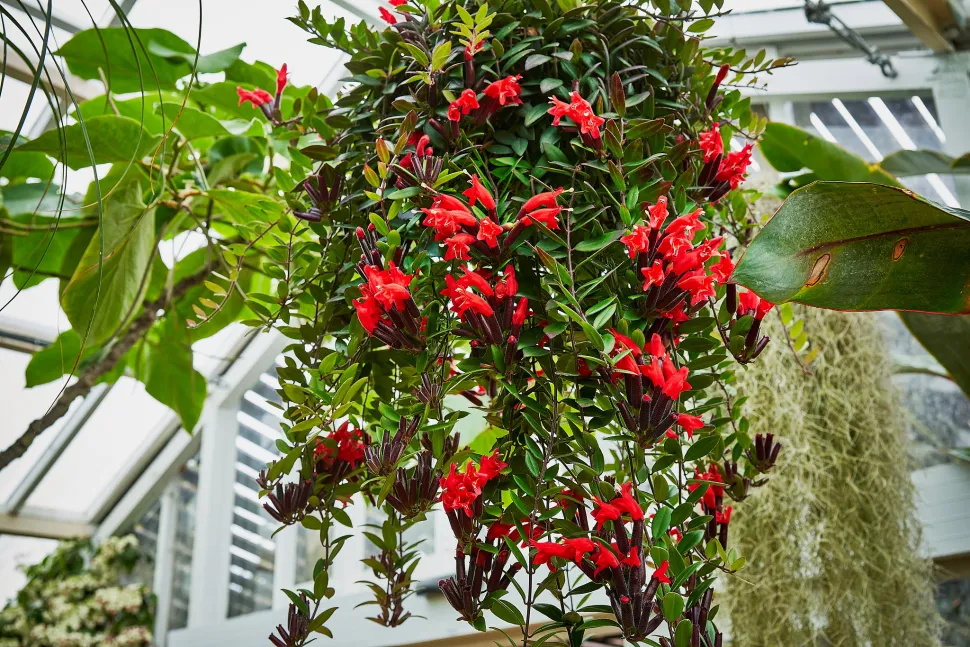
Fertilizer is a must, especially if you don't repot your plant every year. Photo by Geoff McKay / Flickr
Flowering requires energy. To stimulate the appearance of buds, remember to give your plant nutrients by fertilizing it.
But don't use just any product! Nitrogen-rich fertilizers promote foliage. They help to create a bushy plant with large, beautiful leaves, but no flowers. Instead, use a phosphorus-rich fertilizer for flowering plants.
You haven't pruned properly
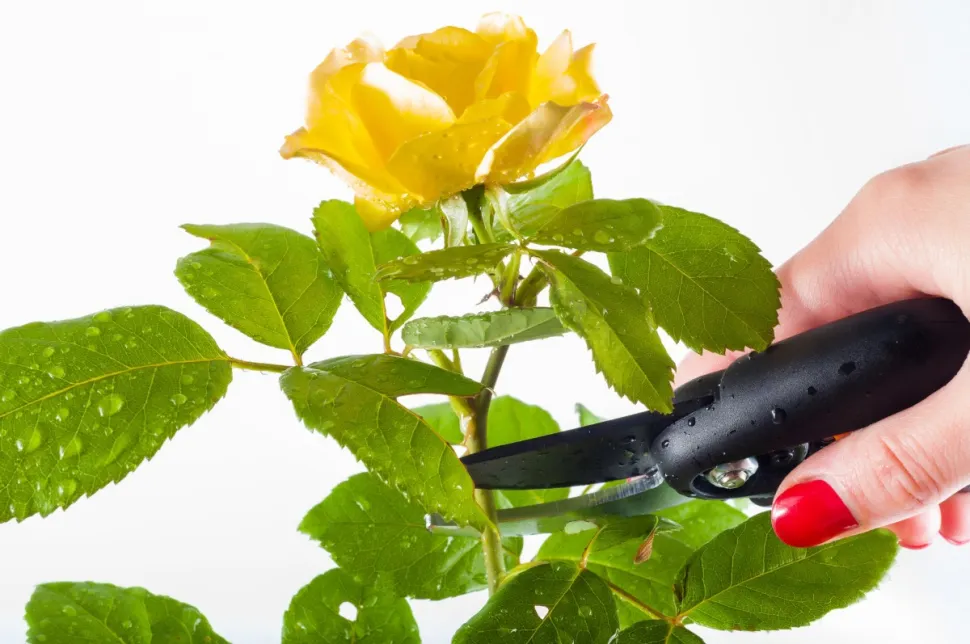
Always use a clean, sharp tool to avoid disease
Pruning boosts plant growth and controls its shape and development. But poorly executed pruning can wipe out all the plant's efforts to flower.
Above all, you need to prune at the right time. Summer-flowering species such as citrus and hydrangea bloom on the year's wood: the flowers appear on branches that have grown between March and summer. If you prune in May or early June, the plant won't have time to produce new branches and won't flower. Plants that flower in spring, such as lilac or honeysuckle, bloom on the previous year's wood. Their buds are already present in April. You need to prune them as soon as they have finished flowering, usually in autumn. If you shorten the stems in spring, you run the risk of cutting where the future buds are due to open.
Before you get out your pruning shears, make sure it's the right time to prune. If you're late, it's up to you. You can cut at the risk of destroying the bloom, or wait until the following year.
What's more, you need to cut in the right place. Some plants, like phalaenopsis orchids, flower twice on the same stem. You should therefore shorten the stem that has just flowered, but not cut it back before the second flowering. When you remove a stem that could still bud, you have to wait for a new one to form before you can see flowers bloom.
Soil prevents your plant from flowering
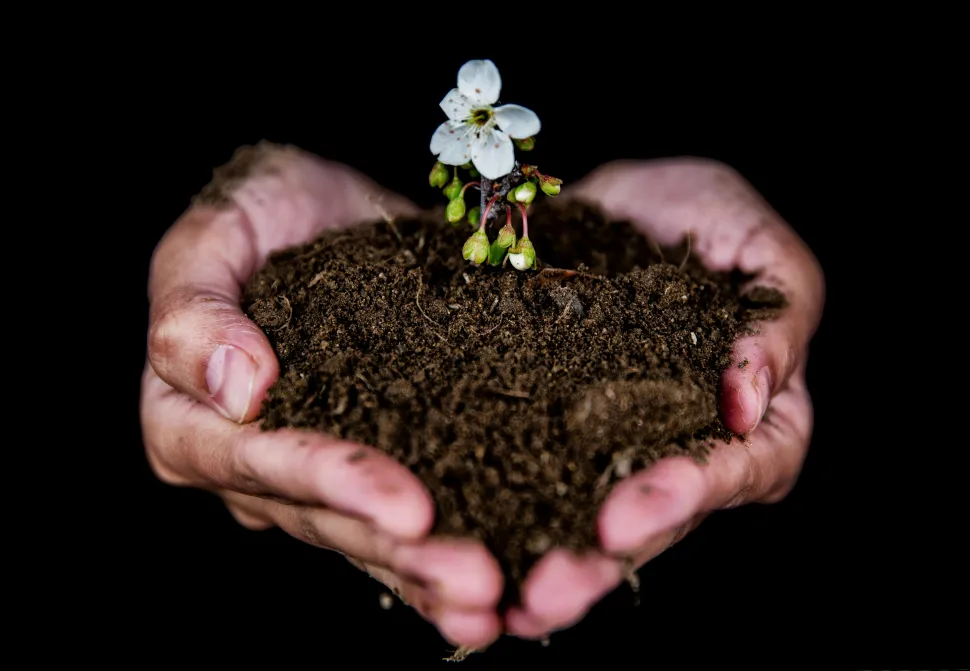
Not all plants need rich soil to flower. Photo by Javid Hashimov / Pexels
The growing medium can sometimes explain why your plant doesn't flower. Plants have different needs when it comes to the soil in which they are planted. Whether in pots or in the ground, some species appreciate rich, humus-rich soil, while others prefer poor, sandy soil.
In pots, you can choose the type of substrate. For example, you can use a light, draining potting soil for cacti and succulents, or a mixture for epiphytic plants based on bark and peat.
Is your plant not flowering and still in the same container as when you bought it? Repot it with a potting soil suited to its needs. If it's been in the same pot for ages, repot or resurface it. The substrate may have become too low in nutrients and your plant is hungry.
Shrubs, roses and other plants planted in the ground can also suffer from soil that is too poor, not draining enough or, on the contrary, too rich and too light. Among other things, this results in a lack of flowering. To be sure, identify your soil type (we explain how in our blog article : Planting according to soil type and check that it's suitable for your plants.
If your garden isn't suited to certain plants, there are several solutions. The first is to grow in the ground species that are suited to your sandy, clay or humus soil.
But you don't have to give up camellias and peonies if your garden is acidic. Plant them in pots to provide the ideal soil.
Finally, you can amend and loosen the soil. For example, you can add compost or humus to enrich the soil, or place pebbles at the bottom of your planting hole to improve drainage.
Your plant is sick
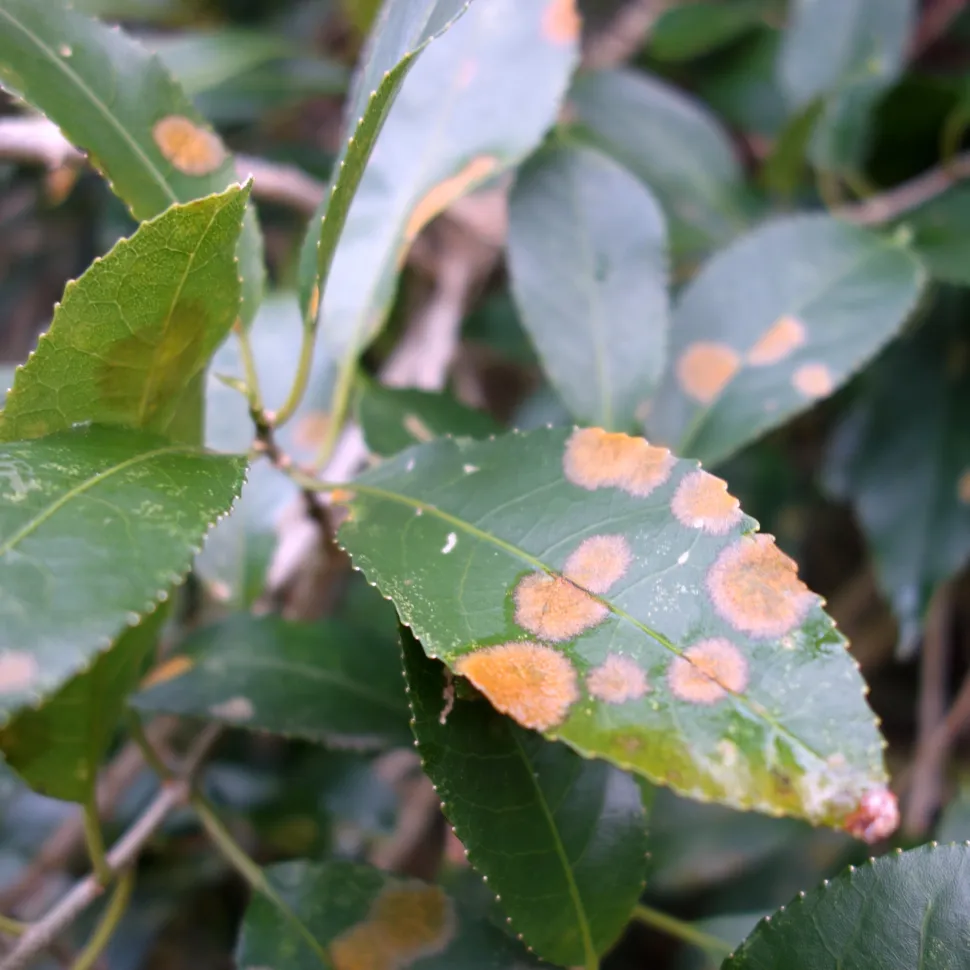
Powdery mildew and rust can prevent flowering. Scot Nelson / Flickr
Parasites and diseases can prevent flowering. The absence of flowers is not usually the only symptom of a plant attacked by red spiders, mealybugs or infested by rust and powdery mildew. The foliage will be perforated, stunted, discolored..
Start by inspecting the leaves to unmask the culprits. You can then apply the appropriate treatment. A mixture of water and black soap, or a good shower, is often all that's needed to dislodge the undesirables.
Plants are not here to suffer
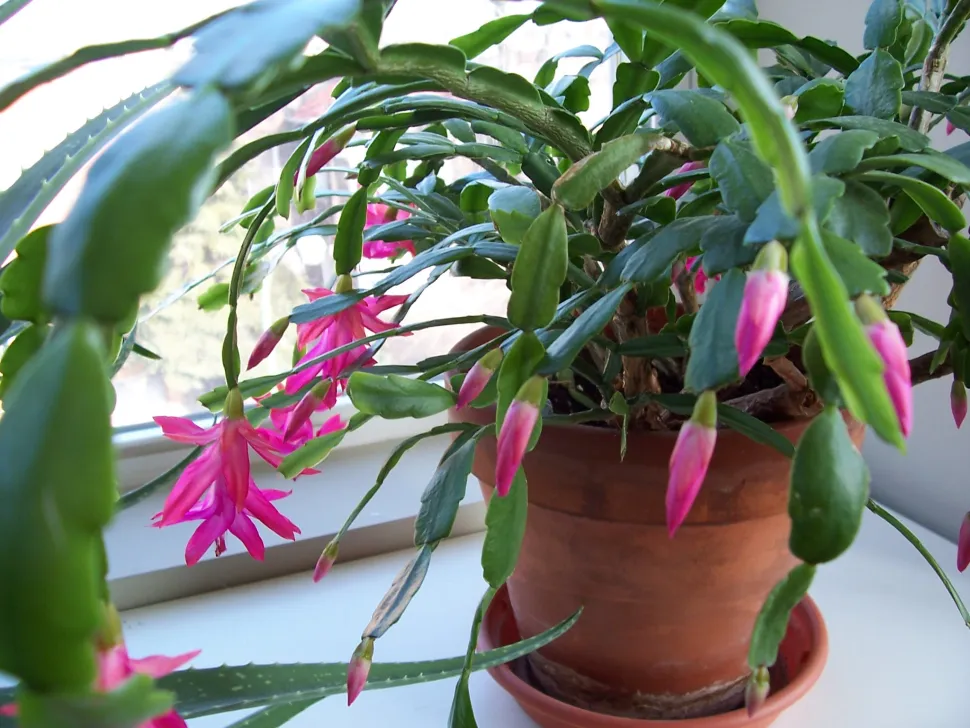
The Christmas cactus blooms as the days shorten. Spablab / Flickr
My grandmother always said that plants have to suffer in order to bloom. In fact, a plant flowers in order to reproduce. If its growing conditions are stressful and don't meet its needs, it will feel threatened and flower to ensure its descendants. That's why we sometimes recommend stopping watering and leaving the plant in a damp or unheated room to stimulate flowering. But there's no need to abuse your favorite Moonflower to get flowers! Well-tended specimens always flower more abundantly.
Some plants, on the other hand, require a period of dormancy before or after flowering in order to bloom again. Such is the case with Schlumbergera truncata and clivia. You should stop adding fertilizers and reduce or completely stop watering. The aim here is not to torture the unfortunates into flowering, seeing their end coming. Rather, it's a question of reproducing the conditions they experience in nature, so as to respect their development cycle.
By Servane Nemetz
on 12-07-2024 at 09h21
on 12-07-2024 at 09h21



